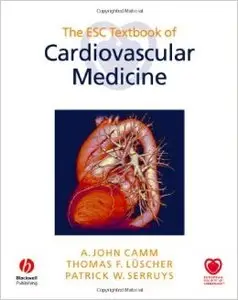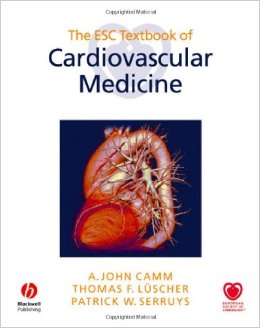A. John Camm, Thomas F. Lüscher, "The ESC Textbook of Cardiovascular Medicine"
2006 | ISBN-10: 1405126957 | 1136 pages | PDF | 53 MB
2006 | ISBN-10: 1405126957 | 1136 pages | PDF | 53 MB
The ESC Textbook of Cardiovascular Medicine is the first ever cardiovascular textbook to be published in partnership with an international society and is set to become the new benchmark for cardiologists in Europe and beyond.
Follows the ESC Core Syllabus
Compatible with ESC Guidelines and best practice
Accompanying online version with CME accreditation
Strong clinical focus and consistent format
Full colour illustrations throughout
As a teaching or training text structured around the ESC Core Syllabus, The ESC Textbook contains the knowledge that every general cardiologist should strive to attain and keep current. It does not try to contain everything a sub–specialist should know about the field.
It does, however, cover the entire field of cardiovascular medicine and unlike other texts the first six chapters are dedicated to diagnostic imaging. Imaging modalities are also discussed within the subsequent chapters on different disorders and diseases and referenced back to the first chapters.
The highly respected editor and contributor team have ensured a strong clinical focus throughout The ESC Textbook. There are over 120 contributing authors from 12 European countries all of whom are internationally recognised specialists in their field, but chosen as much for their ability as writers as for their knowledge. The result is a balanced, expert and comprehensive review of each topic.
All chapters follow the same format so that there are no inconsistencies in style or content. Each chapter opens with a brief “Summary” box detailing the scope of the chapter and ends with a “Personal Perspectives” box in which the author outlines the state of the art and future directions for the area. With approximately 1100 pages, The Textbook is succinct, focused and practical to use. Only key references are included so that readability is not inhibited by overly dense text.
It is also visually appealing with an image on every two–page spread. There are over 700 full colour images and over 230 informative tables. All of the illustrations (and all of the ECG traces too) have been re–drawn to ensure consistency of style and quality. This truly outstanding art programme means that techniques and concepts are easy to grasp.



